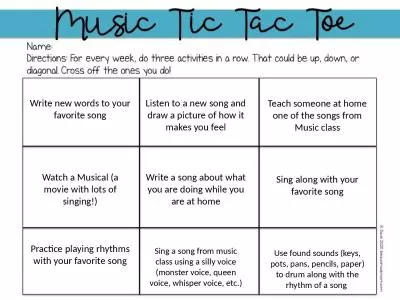PPT-My Favorite Airplanes
Author : liane-varnes | Published Date : 2017-03-19
B29 Superfortress The plane that dropped the atomic bomb on Japan Type 1011 seat longrange strategic bomber Power plant four 1641 kW2200hp Wright R3350 Cyclone 18
Presentation Embed Code
Download Presentation
Download Presentation The PPT/PDF document "My Favorite Airplanes" is the property of its rightful owner. Permission is granted to download and print the materials on this website for personal, non-commercial use only, and to display it on your personal computer provided you do not modify the materials and that you retain all copyright notices contained in the materials. By downloading content from our website, you accept the terms of this agreement.
My Favorite Airplanes: Transcript
Download Rules Of Document
"My Favorite Airplanes"The content belongs to its owner. You may download and print it for personal use, without modification, and keep all copyright notices. By downloading, you agree to these terms.
Related Documents














